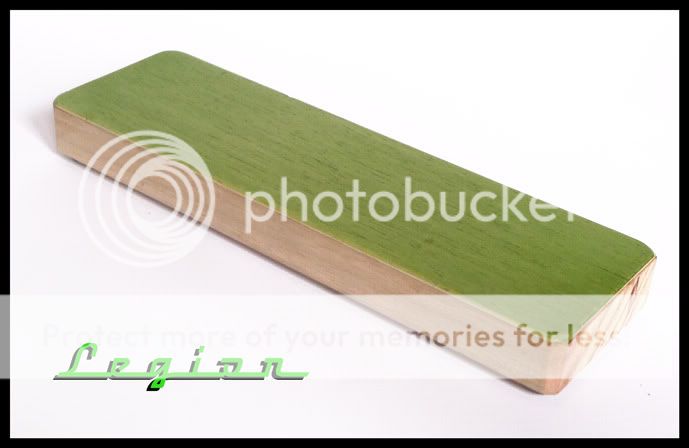Basically the title says it all. I'm a student on a budget so I was looking for an "inexpensive" solution. I have been looking at coticules, CNATs and Yellow lakes. I know there are Thuringian, Arkies and many other hones out there, but they seem very expensive. I would like to keep this under 42 USD (350 NOK) if bought from a professional retailer in order to avoid costums duty.
Any suggestions?
Any suggestions?





